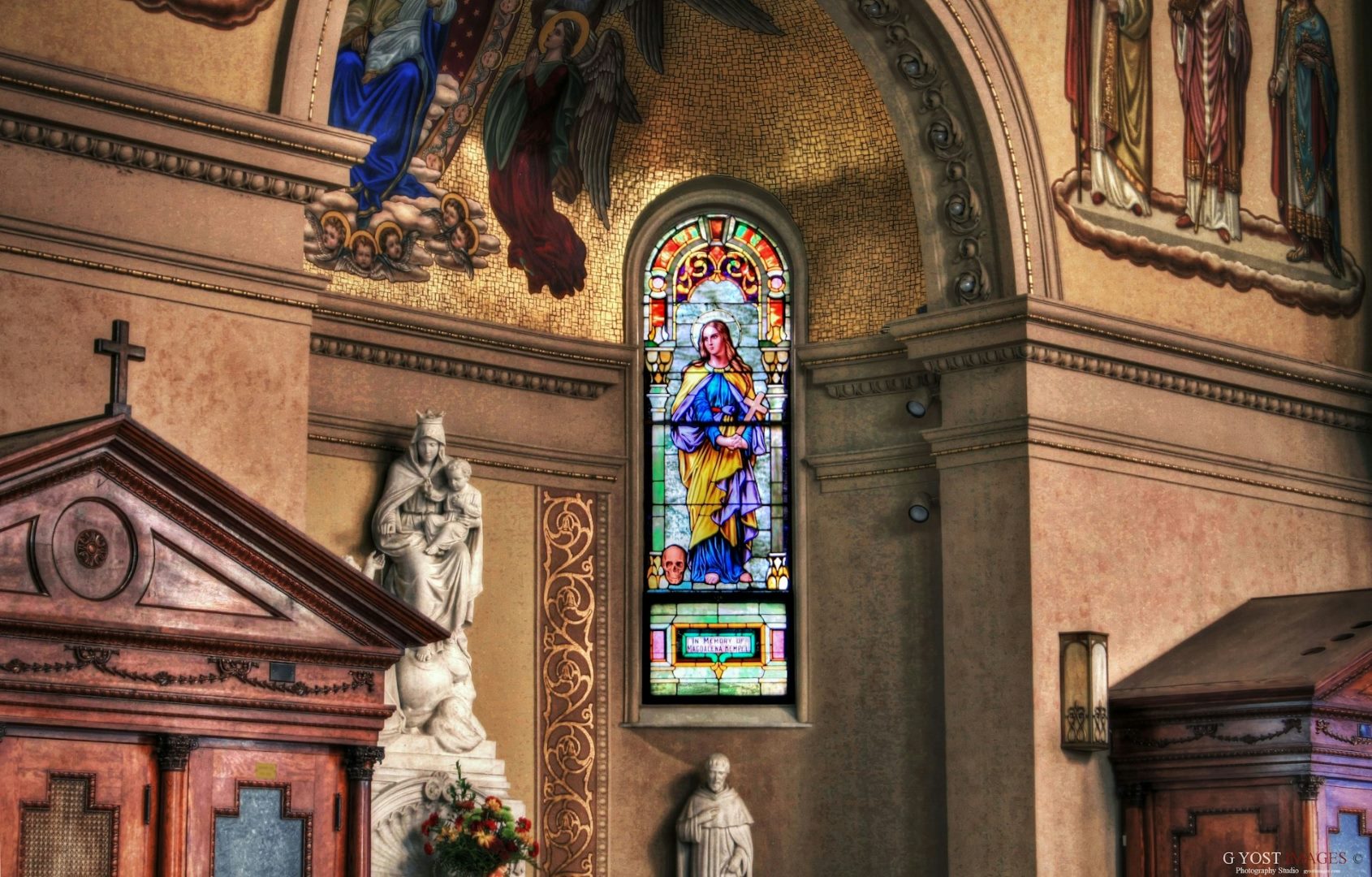Introduction
The Eucharist is a central sacrament in the Catholic Church, symbolizing the presence of Jesus Christ in the bread and wine. It is also known as Holy Communion, as it is a way for Catholics to unite with Christ and receive his grace. This guide will provide a comprehensive overview of the Eucharist, covering its history, significance, and celebration.
History of the Eucharist
The Eucharist traces its roots back to the Last Supper of Jesus Christ with his disciples. According to the Gospel narratives, Jesus took bread and wine and blessed them, saying, “This is my body…this is my blood.” He instructed his disciples to continue this practice in remembrance of him.
In the early centuries of Christianity, the Eucharist was celebrated as part of communal meals called agape feasts. Over time, the Eucharist became more formalized and was celebrated at designated times and places. The doctrine of transubstantiation, which holds that the bread and wine truly become the body and blood of Christ, was established in the 13th century.
Significance of the Eucharist
For Catholics, the Eucharist holds immense significance:
- Real Presence: It is believed that Jesus Christ is truly present in the consecrated bread and wine.
- Sacrament of Unity: It symbolizes the unity of the Church and the bond between believers and Christ.
- Source of Grace: It is a means of receiving God’s grace and forgiveness.
- Nourishment for the Soul: It is seen as spiritual nourishment that sustains the faith of believers.
Celebration of the Eucharist
The Eucharist is celebrated at Mass, the central liturgical service of the Catholic Church. The Mass consists of two main parts:
The Liturgy of the Word
This part includes readings from the Bible, a homily, and prayers. It focuses on the proclamation of God’s word and the preparation for the Eucharist.
The Liturgy of the Eucharist
This part begins with the offering of bread and wine. The priest consecrates the bread and wine, invoking the words of Jesus at the Last Supper. The consecrated bread and wine are then distributed to the congregation.
Eucharistic Theology
There are various theological perspectives on the Eucharist:
Transubstantiation
The Catholic Church teaches the doctrine of transubstantiation, which holds that the bread and wine completely transform into the body and blood of Christ while maintaining their outward appearance.
Consubstantiation
According to this Protestant belief, the bread and wine become the body and blood of Christ along with their own substances.
Memorialism
Some Protestant traditions view the Eucharist as a symbolic representation of Jesus Christ, rather than his actual presence.
Preparation for Eucharist
To receive the Eucharist worthily, Catholics are expected to be in a state of grace, meaning they are free from serious sin. Preparation for Eucharist may include confession, prayer, and examination of conscience.
Receiving the Eucharist
When receiving the Eucharist, Catholics typically bow their heads and say, “Amen.” The consecrated bread is placed on the tongue, and the consecrated wine is sipped from a chalice.
Conclusion
The Eucharist is a cornerstone of Catholic faith and practice. It symbolizes the real presence of Jesus Christ, provides spiritual nourishment, and fosters unity within the Church. Understanding the history, significance, and celebration of the Eucharist empowers Catholics to engage fully in this transformative sacrament.



